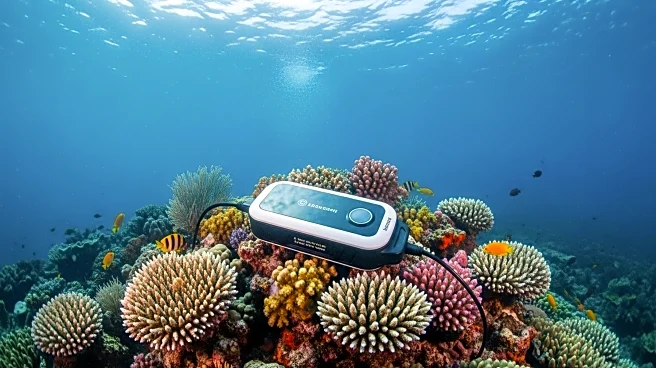What is the story about?
What's Happening?
A study published in Nature details the development of a new ultra-selective reverse osmosis membrane designed to remove toxic micropollutants from water. The membrane is fabricated using thermal-intensified interfacial polymerization (TIP), which enhances its selectivity and efficiency. The research involved using various chemicals and materials to create polyamide membranes on a polysulfone substrate, with the aim of improving water purification processes. The study highlights the membrane's ability to reject a range of micropollutants, including endocrine-disrupting chemicals and antibiotics, while maintaining high water permeability.
Why It's Important?
This advancement in membrane technology is crucial for addressing water pollution and ensuring safe drinking water. The ability to selectively remove toxic micropollutants can significantly improve water quality and public health. As water scarcity and pollution become increasingly pressing global issues, innovations like this membrane technology offer promising solutions for sustainable water management. The development could benefit industries involved in water treatment and purification, as well as communities facing challenges related to contaminated water sources.
What's Next?
The next steps involve scaling up the production of these membranes and integrating them into existing water purification systems. Researchers will likely focus on optimizing the membrane's performance and durability for real-world applications. Collaboration with industry partners could facilitate the commercialization of this technology, making it accessible to municipalities and water treatment facilities. Continued research may also explore the membrane's effectiveness against other types of pollutants and its potential use in various environmental settings.
Beyond the Headlines
The study underscores the importance of advanced materials in tackling environmental challenges. It highlights the role of scientific innovation in developing solutions that can have a profound impact on public health and environmental sustainability. The research also raises questions about the cost and feasibility of implementing such technologies on a large scale, which could influence their adoption and impact.
AI Generated Content
Do you find this article useful?














